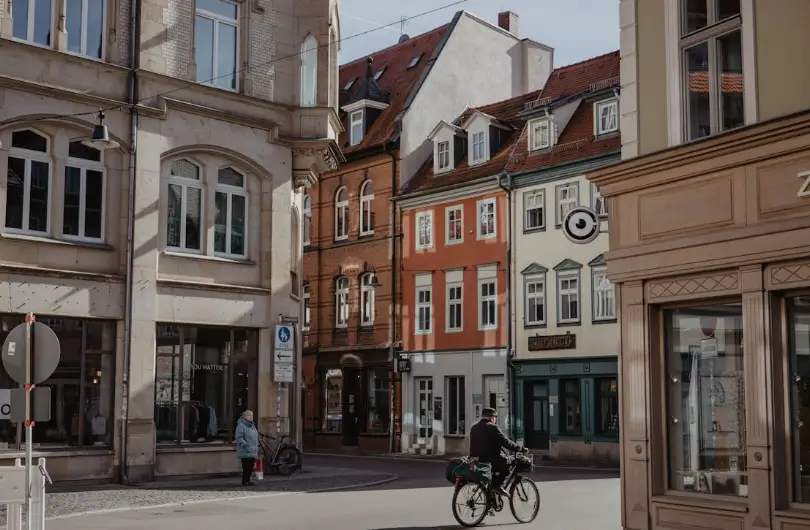Big changes just hit California’s housing game.
Governor Gavin Newsom signed a sweeping set of laws that could do what decades of political promises haven’t: make it easier and much faster to build housing in the state that needs it most.
At the center of it all is AB 130, a bill that slices through one of California’s most famous (and infamous) laws, the California Environmental Quality Act, or CEQA.
If you’ve ever wondered why housing takes years to build, why costs balloon before a shovel even hits the ground, or why a single local objection can stall an entire project, CEQA is usually part of that story.
Now, AB 130 changes the rules.
It exempts many infill housing projects from full CEQA review and gives local agencies just 30 days to decide whether a project qualifies. Pair that with SB 131, which limits how deep environmental review can go for projects that don’t get full exemption, and you’ve got what Newsom calls “the most consequential housing reform in modern history.”
That’s not an exaggeration.
What It Means on the Ground
Let’s strip away the legal jargon and talk about what this actually does.
Developers in California’s urban areas, places already surrounded by existing infrastructure, transit, and utilities, can now push projects forward without years of lawsuits or environmental paperwork.
That means:
- Less delay.
- Less legal gamesmanship.
- And theoretically, more housing built faster.
For cities, it’s both liberating and terrifying. Liberating, because planners no longer have to drown in endless reports defending every project from predictable lawsuits. Terrifying, because public review, once a guardrail, is now thinner than ever.
For residents, it’s complicated. The new law promises affordability through supply, but the kind of housing that gets built will depend on market demand and local zoning. You can cut red tape, but you can’t cut profit margins.
So will this produce the housing California actually needs or just more luxury apartments near train stations?
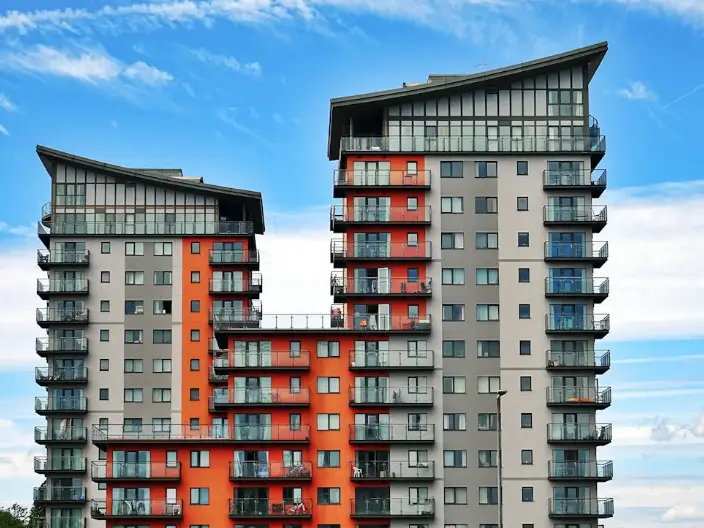
The Political Earthquake Beneath It
To understand how big this is, you have to remember what CEQA became over time: not just an environmental law, but a tool of local resistance.
It started in 1970 as a way to protect nature and public health. Over the years, it evolved into a weapon used by anyone trying to stop almost anything, sometimes for good reason, sometimes just to keep “undesirable” change out.
Want to block an apartment building because it might increase traffic? File a CEQA suit.
Don’t like the idea of student housing near your neighborhood? CEQA.
Afraid of a homeless shelter opening nearby? CEQA again.
Environmental protection became the language of exclusion.
Newsom’s new law doesn’t kill CEQA, but it declaws it for infill housing.
That’s huge.
For decades, planners and housing advocates have begged the state to reform CEQA’s abuse potential. This might be the first time someone actually did it.
However there's cause for caution. Because when you remove a layer of public review, you’re not just speeding up construction, you’re shifting power.
Power away from community opposition, yes.
But also away from community participation.
Why It Matters Beyond California
Whether you live in Los Angeles, Austin, or Johnson City, this move sends a signal.
California has long been the testing ground for urban policy. Environmental review, zoning reform, even car emission standards, they often start here and spread.
So this isn’t just a California thing. It’s a national mood swing.
For decades, we’ve over-engineered the housing process to death. Every step, every permit, every hearing became a chance to say “no.” The result? Fewer homes, higher prices, and a generation locked out of ownership.
Now, the pendulum is swinging.
States are realizing that endless “review” often means no housing at all.
If California, the birthplace of CEQA, is willing to cut its own red tape, that should tell you how desperate the situation has become.
What Could Go Wrong
Of course, there’s a catch. There’s always a catch.
When you speed up development, you risk leaving some people behind. Public review isn’t just bureaucracy, it’s also how communities make sure projects don’t harm them.
Less review can mean fewer chances to flag displacement, air-quality impacts, or missing infrastructure.
And then there’s the affordability question.
The state can streamline permits all it wants, but if the projects that get built are still out of reach for working families, we’ll just be producing more housing for the few.
Builders will go where profits are strongest. That usually means market-rate projects in desirable zip codes, not affordable units in struggling ones.
So the real test isn’t whether California can build faster. It’s whether it can build fairer.
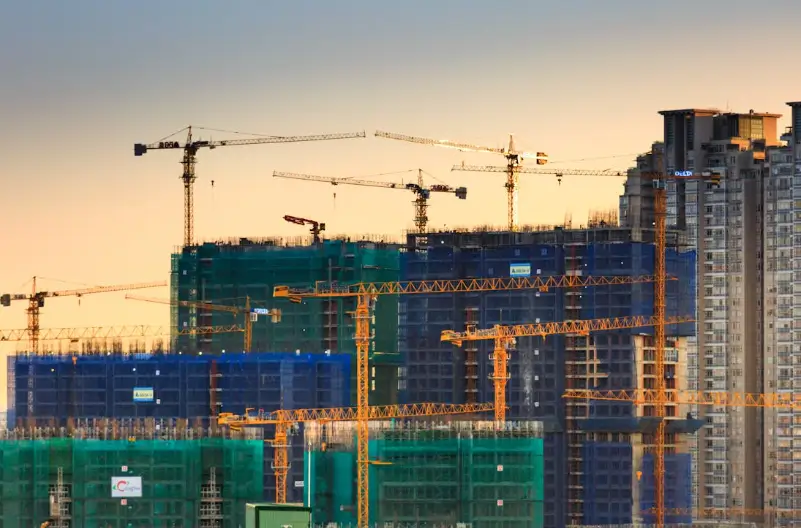
The Bigger Picture
CEQA reform is about more than paperwork. It’s about trust.
For decades, California asked its residents to trust a process that clearly failed to deliver housing. Now it’s asking those same residents to trust that removing barriers won’t make things worse.
It’s a gamble.
But maybe it’s a necessary one.
Because here’s the alarming truth: if California can’t figure out how to house its people, no state can.
This law is a line in the sand. It says, we’ve tried doing nothing slowly, now let’s try doing something fast.
It’s messy, risky, and overdue.
And if it works, other states will follow.
If it fails, it’ll become the new cautionary tale.
Either way, it’s movement and movement is something the housing world hasn’t seen in a long time.
The ZOP Take
As a planner, I’m torn. I’ve seen good projects die because someone didn’t want “shadows on their garden.” and used frivolous rules and arguments to stop them.
But I’ve also seen communities trampled when their voices got brushed aside.
Maybe this new law finally balances the scales. Maybe it tips them too far. Either way, it’s the boldest housing experiment we’ve seen in years.
The question now isn’t whether California will build faster.
It’s what kind of California will rise because of it.
Will it be more inclusive, more affordable, more sustainable?
Or just more built?
You tell me.
%20(1200%20x%20237%20px)%20(300%20x%2059%20px).webp)
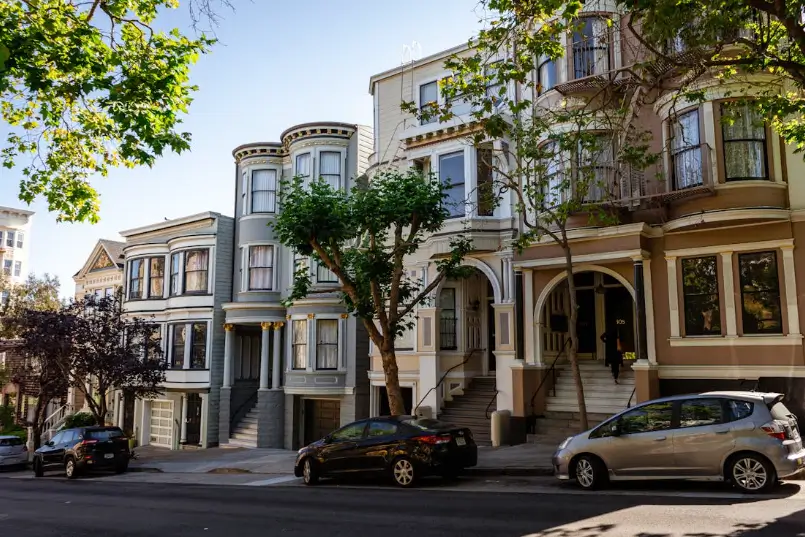
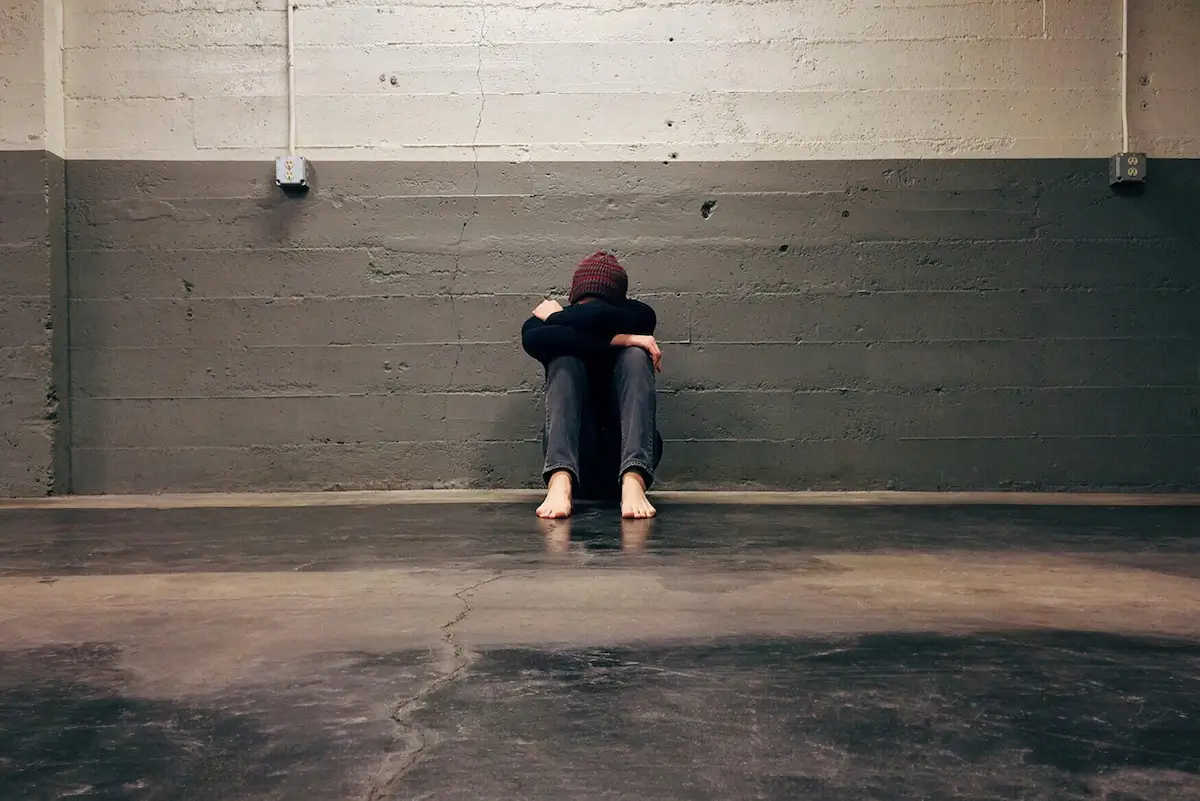
.webp)

